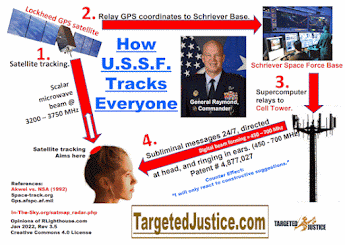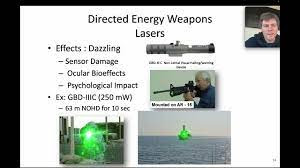PatentNo. 4800893 Kinesthetic physical movement feedback display for controlling the nervous system of a living organism
PatentNo. 4800893
Kinesthetic physical movement feedback display for controlling the nervous system of a living organism (Ross, et al., Jan 31, 1989)
Abstract
A method and system for providing as a biofeedback signal a visual display showing kinesthetic physical movement to enable a subject to produce desired thought patterns. Sensors or electrodes are connected to the subject at one or more topological locations. The signals detected by the sensors are input to a conventional EEG device. The EEG output is processed into one or more analog voltage signals. These analog signals are input to a computer which generates a video display and audio if desired. The image on the display depicts kinesthetic physical movement as a function of the analog voltage.
Notes:
BACKGROUND
OF THE INVENTION
1. Field of the Invention
This invention relates in general to the field which has become known as the
biofeedback field, and more particularly to a system which utilizes the conscious
and subconscious physiological interactions between the visual stimulus and
the neuronal pathways of the nervous system of a living organism, and a method
for training the organism to control the waveform patterns of its bioelectrical
signals for therapeutic or other purposes.
2. Prior Art
Disorders of the nervous system, such as epilepsy, have traditionally been treated
by pharmaceutical and/or surgical procedures. My earlier inventions disclosed
in U.S. Pat. Nos. 3,837,331 and 3,967,616 describe an alternative method for
treating these disorders. The present invention is based upon the discovery
that a living organism, typically an animal high on the intelligence scale,
can control its brainwave patterns and bring about permanent or long-lasting
changes thereto by a process of learning and, further, that the changes induced
in the bioelectrical patterns can be such as to result in the substantial control
of epileptic seizures, hyperkinesis, insomnia, depression and head trauma. Thus
the present invention provides a safe and practical method and system enabling
the application of this discovery in many fields including neurological therapy
and brain research.
In the prior art, biofeedback training has been conducted using visual, audio
and tactile feedback (current U.S. patent application Ser. No. 215,027 now U.S.
Pat. No. 4,690,142). These feedback modalities as used in the past either alone
or in combination with one another provided a certain degree of effectiveness
depending upon the type of treatment and the individual patient. Visual feedback
often was accomplished with lamps, meters and video displays. Lamp displays
and meter displays often lost the interest of the patient in a short period
of time. Video displays often only imitated the lamp and meter displays with
colored bar graphs. A few added squiggly lines which followed an input waveform,
and fewer added some type of simple animated graphics. With some therapies the
treatment was effective but took long periods of time to accomplish the desired
goals. Heretofore, the prior art has not disclosed a means or a method of presenting
a visual display that is specifically designed to facilitate brainwave training
as effectively as the present invented method and system. The present invention
is based on the discovery that visual images of kinesthetic physical movement,
when displayed as feedback for particular neurological signals, can improve
the therapeutic biofeedback training of certain neurological disorders, thereby
achieving new and beneficial results. In view of this discovery, the present
invention teaches a means and a method by which such therapeutic biofeedback
training can be carried out.




Comments